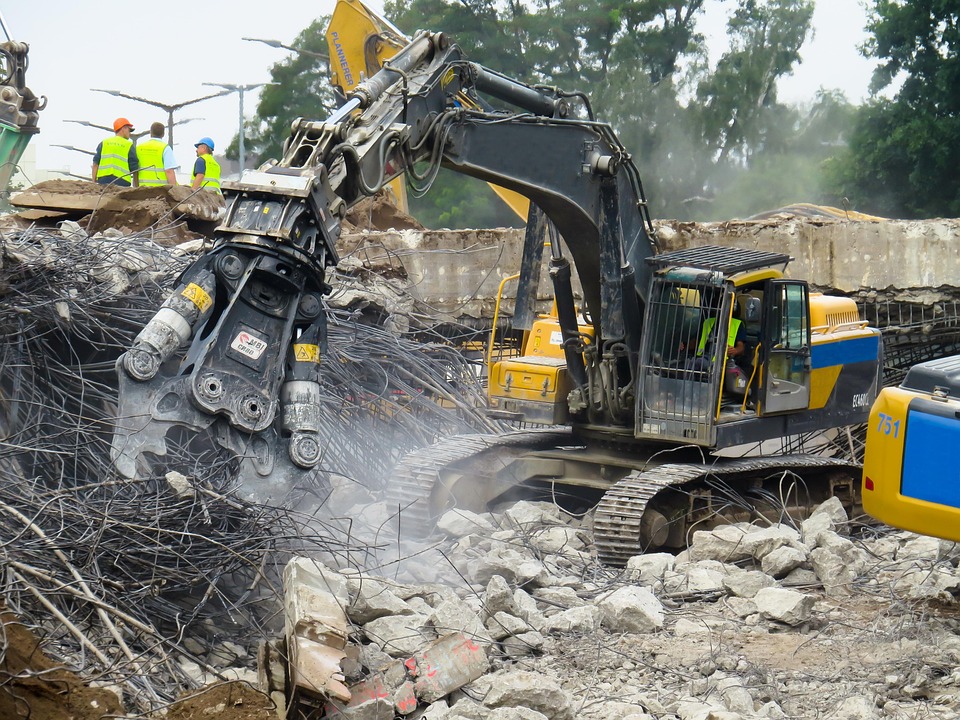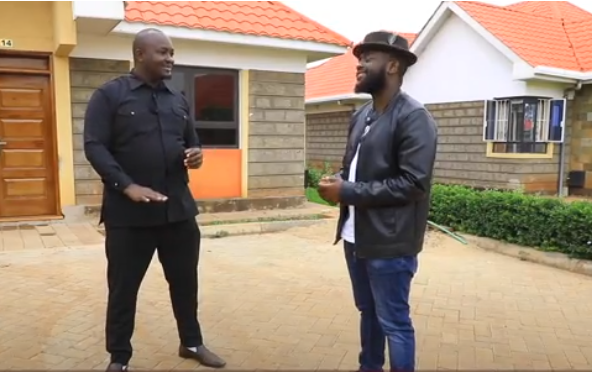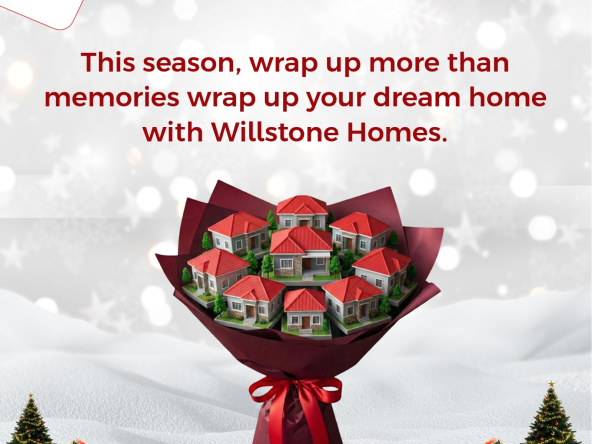Kenya’s skyline is growing fast. From Nairobi’s suburbs to Machakos, Kisumu, Mombasa, and smaller towns, demand for housing and commercial properties is surging. But as buildings shoot up, too many are coming down—or showing serious warning signs. This investigation digs into why buildings collapse in Kenya, what the numbers say, what experts warn, and how you can be sure your home is not one of the statistics.
Key Statistics: The Scale of the Problem
- A 2018 audit by the National Building Inspectorate of 14,895 buildings found only 2,194 (roughly 15 per cent) safe for occupation; 10,791 were “unsafe” and 723 marked “very dangerous.”
- In the past five years, 87 building collapses have been recorded.
- These tragedies have claimed at least 200 lives and injured more than 1,000 people across the country.
- Types of buildings affected: about 65% residential, 25% commercial, 10% mixed-use.
What Experts Say: Quotes From the Front Lines
- Engineer Patrick Simiyu, Chairperson of the Association of Consulting Engineers (ACE), told The Standard that “poorly trained workers often expose constructions to non-compliance with building standards… developers bent on saving too much money at the expense of quality workmanship are also to blame.”
- James Munene Gitonga, President of the Institute of Quantity Surveyors of Kenya (IQSK), said during a recent interview: “All of us know what is at stake: human lives, loss of wealth, we need to get our act together.”
Root Causes: What Goes Wrong & Where
From forensic investigations, audits, and expert commentary, the main failure points are:
| Failure Factor | What Happens | Local Examples / Data |
|---|---|---|
| Poor / Substandard Materials | Use of fake, weak, or improperly mixed cement; steel that doesn’t meet strength specs; binding wire, pipes, or roofing materials that fail standards. | NCA audits report many cases of use of sub-standard materials: ~28% of collapse cases in one audit are attributed to this. |
| Poor Workmanship & Ignorance of Standards | Cutting corners in construction: poor curing, weak column reinforcement, ignoring design specs, using unskilled labour. | In a recent survey of built-environment professionals: ~72.3% said unqualified professionals are used; ~66% said supervision is unqualified. |
| Faulty / Weak Structural Design | Designs that don’t account for soil type, heavy loads, or future expansions; incorrect foundation planning. | East African Journal of Engineering study lists building on soil exceeding its bearing threshold, and poor mix ratios, as top causes. |
| Regulatory Gaps and Poor Enforcement | Delay or avoidance in approvals; corruption; weak follow up on unsafe buildings; weak prosecutions. | Many buildings flagged unsafe by NCA are not demolished or repaired. Few cases lead to prosecution. |
| Overloading / Unauthorized Modifications | Adding floors or structures beyond what original design allows; changing building use without structural recalculation. | In reports of collapse, overloading is repeatedly mentioned among the composite causes. |
| Lack of Maintenance / Environmental Stress | Cracks left unrepaired; water starts corroding steel; heavy rains/ flooding stressing foundations or soil. | Examples in Nairobi and other counties. Buildings in low-lying or swampy areas especially vulnerable. |
Geographic Hotspots: Where The Risk Is Highest
- Nairobi County leads in number of collapsed buildings: 33 in recent years.
- Kiambu County also has high incidence.
- Mombasa, Nakuru, and other urban/peri-urban counties follow. Urban expansion, demand for housing, often in marginal lands (swamps, flood plains), increases risk.
New Measures & What’s Improving
- The National Building Code 2024 has been introduced to replace the old 1968 regulations. It aims to tighten standards, improve regulatory clarity, and improve accountability in construction.
- NCA and other authorities (e.g., County governments, National Building Inspectorate) are more actively auditing buildings, registering contractors, and speaking out against quacks.
- Increased public awareness, media coverage, and pressure from professional bodies (like IQSK and ACE) are raising the stakes for developers who ignore safety.
What This Means for You — The Buyer / Investor
If you’re considering buying, building, or investing in property in Kenya, especially around Machakos, Nairobi suburbs, Eastern Kenya or coastal regions, you need to watch out for red flags:
- Buildings in low-lying/swampy soils without reinforced foundations
- Developer or contractor who cannot show registration or past projects
- Using visibly thin columns, exposed or rusting reinforcement, cracks that are ignored
- Projects that seem to rush through approvals or skip inspections
- Lack of post-construction support or evidence of maintenance
Willstone Homes: Building Differently with Structural Integrity First
At Willstone Homes, we don’t just build houses—we build safe, durable homes grounded in excellence. Here’s how we ensure your home isn’t part of the problem:
- Rigorous Design & Soil Testing
Before any foundation is laid, we carry out soil investigations, load-bearing tests, and adjust design accordingly. We engage certified structural engineers to produce safe, code-compliant plans. - Quality Materials & Verified Suppliers
We source materials that meet Kenya Bureau of Standards (KEBS) or equivalent certifications. Cement, steel, aggregates—all tested. - Skilled Workmanship with Oversight
Our workforce includes skilled professionals. We supervise every stage of construction, from formwork to curing, to ensure workmanship is never sacrificed. - Strict Compliance & Transparency
We secure all approvals, adhere to the Building Code 2024, and invite inspections. If something doesn’t meet standards, it is fixed—not cut. - Long-Term Care & Maintenance
Building doesn’t end with handover. We support homeowners with after-care, maintenance advice, and ensure structures withstand both time and environment.
Trust Safety, Trust Willstone Homes
Kenya’s stories of collapsed buildings are heartbreaking—and many are preventable. When developers chase shortcuts, cost becomes more than money—it becomes a threat.
If you want a home that gives you peace of mind, one that stands firm—not just today, but decades later—then build with a partner who knows all the failures, has studied all the statistics, and refuses to be part of the collapse.
Choose Willstone Homes. Where your home is built for legacy, integrity, and strength.




